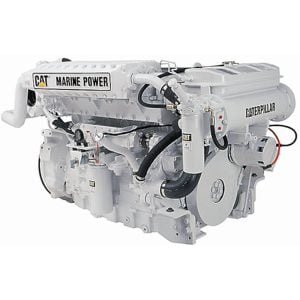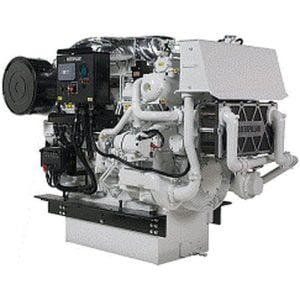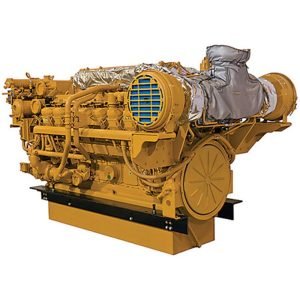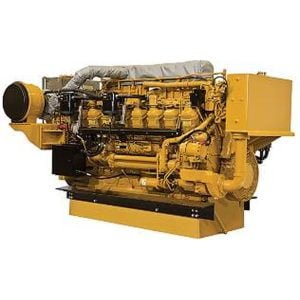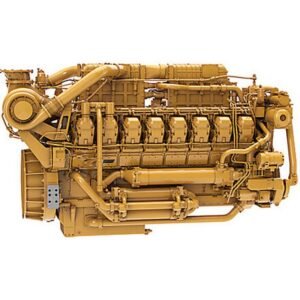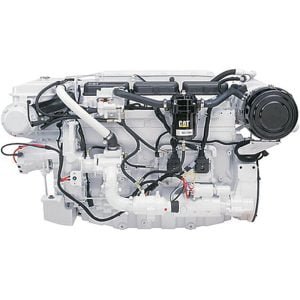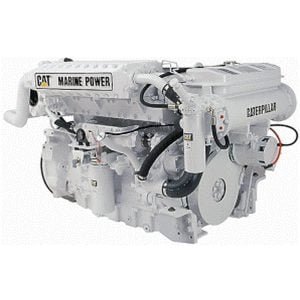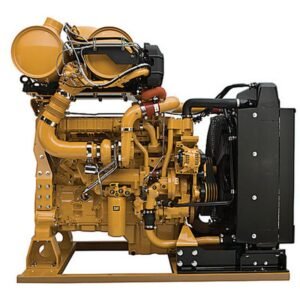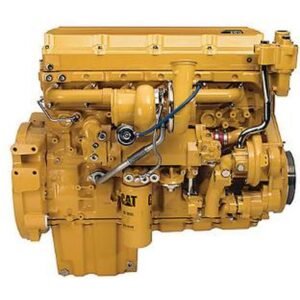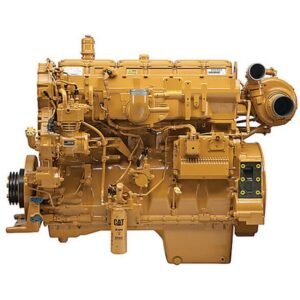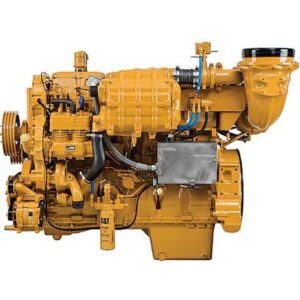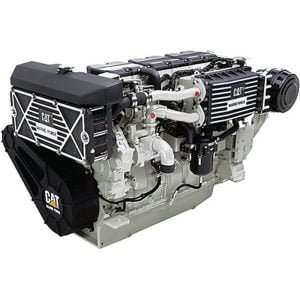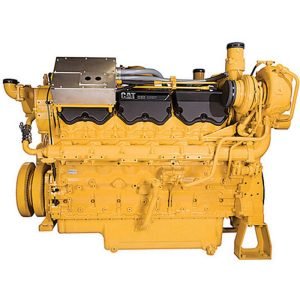Engine & Part
Engines and their parts play an instrumental role in powering up various modes of transportation and industrial machinery. From cars to ships, from power generators to lawn mowers, engines are what keep these machines running efficiently.
Definition and Purpose of Engines and Parts
An engine is a machine designed to convert one form of energy into mechanical energy. It consists of numerous parts, each with a specific function, working together to convert fuel into motion or work. Key parts typically include the cylinder, piston, crankshaft, camshaft, valves, spark plugs (for gasoline engines), and fuel injectors, among others.
History of Engines and Parts
The concept of engines dates back to ancient times, with the creation of simple devices such as windmills and water wheels. However, the modern internal combustion engine, which powers most vehicles today, was developed in the late 19th century and has evolved significantly since then.
Key Features and Specifications of Engines and Parts
Engines and their parts come in various types and sizes, with specifications such as power output, fuel type (gasoline, diesel, electric), number of cylinders, and displacement. Factors such as the intended use, required power, and fuel efficiency guide the selection of an appropriate engine and its parts.
Types of Engines and Parts
There are different types of engines, including internal combustion engines (such as petrol and diesel engines), external combustion engines (like steam engines), and electric motors. Each engine type requires specific parts for its operation, often specialized to the engine’s design and function.
Leading Manufacturers of Engines and Parts
Prominent manufacturers in the engine and parts industry include companies like Cummins, Caterpillar, and Mercedes-Benz. These brands are globally recognized for their quality, durability, and performance.
How Engines Work
Engines work by a repeated process of intake, compression, combustion, and exhaust, often referred to as the four-stroke cycle. This cycle is responsible for converting the energy stored in fuel into motion.
Usage and Maintenance of Engines and Parts
Proper maintenance is crucial to prolonging the lifespan of engines and ensuring their optimal performance. This can include regular oil changes, filter replacements, and periodic inspections of all key parts.
Benefits of Quality Engines and Parts
High-quality engines and parts can offer numerous benefits, including improved performance, fuel efficiency, durability, and reduced environmental impact.
Pricing Range
The price of engines and their parts can vary widely based on their type, size, brand, and function. Engine prices can range from hundreds to tens of thousands of dollars, depending on their complexity and performance.
Trustworthy Sources for Engines and Parts Information
Reliable information about engines and parts can be found in reputable industry journals such as “The Journal of Engine Technology” or on authoritative websites like the “Society of Automotive Engineers (SAE)”.
Frequently Asked Questions
- What is an engine and what are its main parts?
- How does an engine work?
- What are the different types of engines?
- How do I maintain my engine for optimal performance?
- Which engine brand is the most reliable?
- What is the price range for engines and parts?
- What factors should I consider when buying an engine or its parts?
- Are there engines specific for different applications?
- How has the technology of engines evolved?
- Where can I find reliable information about engines and parts?
